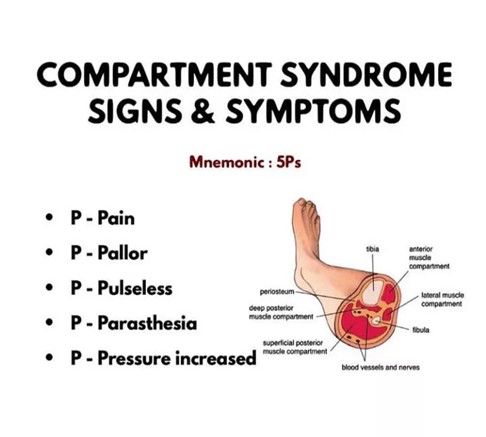The nurse is assessing a client admitted with renal stones. During the admission assessment, what is the priority questions to ask?
Recent travel
Typical diet and fluid intake history
Vaccination records
Last bowel movement
The Correct Answer is B
A. Recent travel: Assessing recent travel history is relevant in understanding potential exposure to certain infections or dietary habits specific to certain regions. However, for a client admitted with renal stones, the immediate focus is on understanding factors related to their condition. While travel history might be a part of the overall assessment, it is not the priority question in this context.
B. Typical diet and fluid intake history: This is the priority question. Understanding the client's typical diet, including the types of foods they consume and their fluid intake habits, is crucial. Certain dietary factors, such as high intake of oxalate-rich foods or insufficient fluid intake, can contribute to the formation of renal stones. Gathering this information helps healthcare providers identify potential dietary factors that might have led to the stones, allowing for tailored dietary recommendations and prevention strategies.
C. Vaccination records: Vaccination records are essential for preventive healthcare, but they are not directly related to the assessment of a client admitted with renal stones. While ensuring clients are up-to-date with vaccinations is important, it is not the immediate concern in the context of renal stones.
D. Last bowel movement: Bowel movements are relevant to overall health and can provide information about gastrointestinal function. However, in the specific context of assessing a client admitted with renal stones, understanding the client's bowel movements is not the primary concern. The focus should be on factors directly related to renal stones, such as diet and fluid intake history, which can inform immediate interventions and prevention strategies.
Nursing Test Bank
Naxlex Comprehensive Predictor Exams
Related Questions
Correct Answer is A
Explanation
Explanation:
A. Promptly inform the primary provider:
Explanation: Compartment syndrome is a medical emergency that requires immediate intervention. If a nurse suspects compartment syndrome due to symptoms like severe unrelieved pain, absent pulses, and pale extremities, the most appropriate action is to promptly inform the primary healthcare provider. The provider can assess the situation, order necessary diagnostic tests, and potentially arrange for emergent interventions like fasciotomy to relieve compartment pressure.
B. Reassess the client's neurovascular status in 15 minutes:
Explanation: Waiting for 15 minutes to reassess the client's neurovascular status is not appropriate in this situation. Compartment syndrome can progress rapidly, leading to irreversible tissue damage within a short time frame. Delaying assessment and intervention can result in significant complications.
C. Warm the client's foot and determine whether circulation improves:
Explanation: Warming the foot is not appropriate in this context. Compartment syndrome is caused by increased pressure within the muscle compartment, leading to compromised circulation. Warming the foot will not address the underlying issue of elevated compartment pressure and can potentially worsen the condition by dilating blood vessels and increasing pressure further.
D. Reposition the client with the affected foot dependent:
Explanation: Repositioning the client with the affected foot dependent is contraindicated in compartment syndrome. Elevating the limb can worsen the condition by further restricting blood flow. The limb should be kept at or slightly below the level of the heart to maintain adequate perfusion until medical intervention can be initiated.

Correct Answer is D
Explanation
A. Increased urinary output: Phenazopyridine (Pyridium) does not directly impact urinary output. Its primary function is to provide relief from urinary pain, burning, and discomfort associated with urinary tract infections (UTIs) or other urinary conditions. It does not affect the amount of urine a person produces.
B. Decreased WBC's: Phenazopyridine does not directly influence white blood cell count (WBCs). WBC count is an indicator of the body's immune response and is typically used to assess the presence of infection. Phenazopyridine provides symptomatic relief but does not affect the underlying infection or the body's immune response to it.
C. Increased uric acid: Phenazopyridine does not affect uric acid levels. Uric acid is a waste product that is excreted by the kidneys. Elevated uric acid levels can be associated with conditions like gout, but Phenazopyridine does not have any direct impact on these levels.
D. Decreased bladder pain/spasms: Phenazopyridine is intended to relieve symptoms such as bladder pain, spasms, burning sensation, and discomfort experienced during urination. Therefore, the effectiveness of Phenazopyridine is indicated by a reduction in these symptoms. If the patient reports a decrease in bladder pain and spasms, it suggests that the medication is working to alleviate the discomfort associated with urinary tract issues.
Whether you are a student looking to ace your exams or a practicing nurse seeking to enhance your expertise , our nursing education contents will empower you with the confidence and competence to make a difference in the lives of patients and become a respected leader in the healthcare field.
Visit Naxlex, invest in your future and unlock endless possibilities with our unparalleled nursing education contents today
Report Wrong Answer on the Current Question
Do you disagree with the answer? If yes, what is your expected answer? Explain.
Kindly be descriptive with the issue you are facing.
